This course teaches essential data manipulation skills using Python libraries like Pandas and NumPy. You’ll learn to read, reshape, filter, group, and clean data — preparing it for analysis. By the end, you’ll be able to transform real-world datasets to solve practical business problems.
By the end of this course, participants will be able to:
Overview:
In this chapter, participants will be introduced to the Pandas library, the foundation of data wrangling in Python. They will learn how to create and manipulate Series and DataFrames, and gain an understanding of Pandas indexing.
Topics to Cover:
Overview:
In this chapter, participants will explore Pandas’ essential functionality for data handling. They will practice reindexing, dropping data, filtering with conditions, and applying functions to transform datasets.
Topics to Cover:
Overview:
In this chapter, participants will learn how to read and write data in different formats. They will gain experience working with common file types and understand how to integrate external data into Pandas workflows.
Topics to Cover:
Overview:
In this chapter, participants will reshape datasets for better analysis and visualization. They will work with hierarchical indexing and practice converting data between long and wide formats.
Topics to Cover:
Overview:
In this chapter, participants will clean and transform data using Pandas functions. They will handle duplicates, replace values, categorize data, and address outliers to prepare datasets for analysis.
Topics to Cover:
Overview:
In this chapter, participants will learn how to work with text data in Pandas. They will explore common string operations, use vectorized string functions, and get introduced to regular expressions for advanced string processing.
Topics to Cover:
Overview:
In this chapter, participants will combine datasets using Pandas’ merging and concatenation features. They will practice joining DataFrames based on indexes and working across multiple axes.
Topics to Cover:
Overview:
In these chapters, participants will master the GroupBy process in Pandas. They will learn how to split, apply, and combine data, perform group-wise operations, and apply advanced techniques such as binning and quartile analysis.
Topics to Cover:
Overview:
In this chapter, participants will go beyond static datasets by learning how to collect data from the web. They will be introduced to web scraping with BeautifulSoup and Selenium, and learn how to connect to APIs for data access.
Topics to Cover:
Overview:
In this chapter, participants will apply their data wrangling skills to real-life datasets. They will work on mini projects to solve business problems across different domains, such as finance and operations.
Topics to Cover:
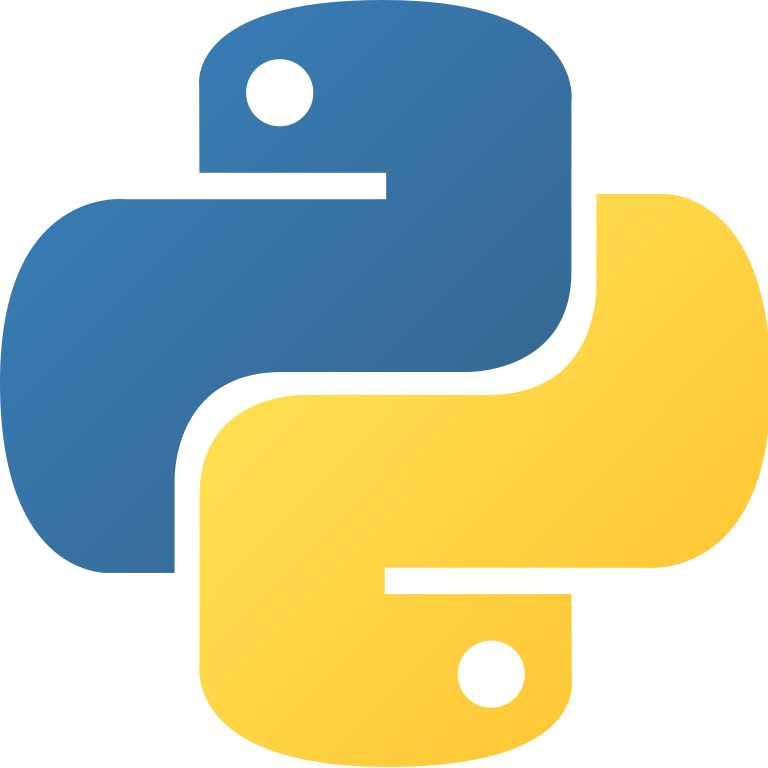


Get access to top-rated courses, real projects, and job-ready skills.
We’re here to help. Talk to our advisors.
I had an incredible experience at this data science bootcamp! Coming in with no prior knowledge, I was amazed at how quickly I gained a solid understanding of the field. The curriculum is intensive and hands-on, allowing me to learn real, applicable skills through working on real client projects. The staff are exceptionally supportive and always ready to help. This bootcamp truly transformed my career path, and I couldn’t be more grateful for the knowledge and confidence I’ve gained. Highly recommended for anyone looking to break into data science!
My experience was awesome. I was taught by professional data engineers who shared their insights based on their professional experience. The topics covered are relevant to what employers are looking for and I enjoyed hands-on projects. I learned all the skills I needed to be a data engineer and I got a full-time offer as a data engineer, thanks to the mentors from WecloudData. I highly recommend this program. I was able to land interviews at Amazon, Yelp, CI Financial e.t.c
Deciding to go with WeCloudData was one of the best decisions I made during my career switch. Their Bootcamps are intense but they get you where you need to go. The instructors are amazing and the TAs very knowledgeable. Their client projects taught me a lot even after the bootcamp was done. I was able to land my current job thanks to the skills and training from the course.
I had the pleasure of attending WeCloudData’s Data Fundamentals bootcamp, which was fantastic. The highly qualified instructors used cutting-edge teaching techniques that greatly facilitated understanding the logic of coding and programming. They carefully progressed us from fundamental to more complex subjects, avoiding any feeling of overload. I wholeheartedly endorse this course for anyone hoping to become a data analyst—it’stheonly one you’ll need. The teachers are very outstanding!
This bootcamp provided me with the necessary technical skills and industry knowledge to secure a data job. The instructors are knowledgeable and shared everything they know to help me achieve my goals. The TAs are resourceful and patient answering my questions. The projects in the bootcamp enhanced my knowledge and impressed interviews. This is a wonderful bootcamp if you are looking to either imporve your skills or switch career!
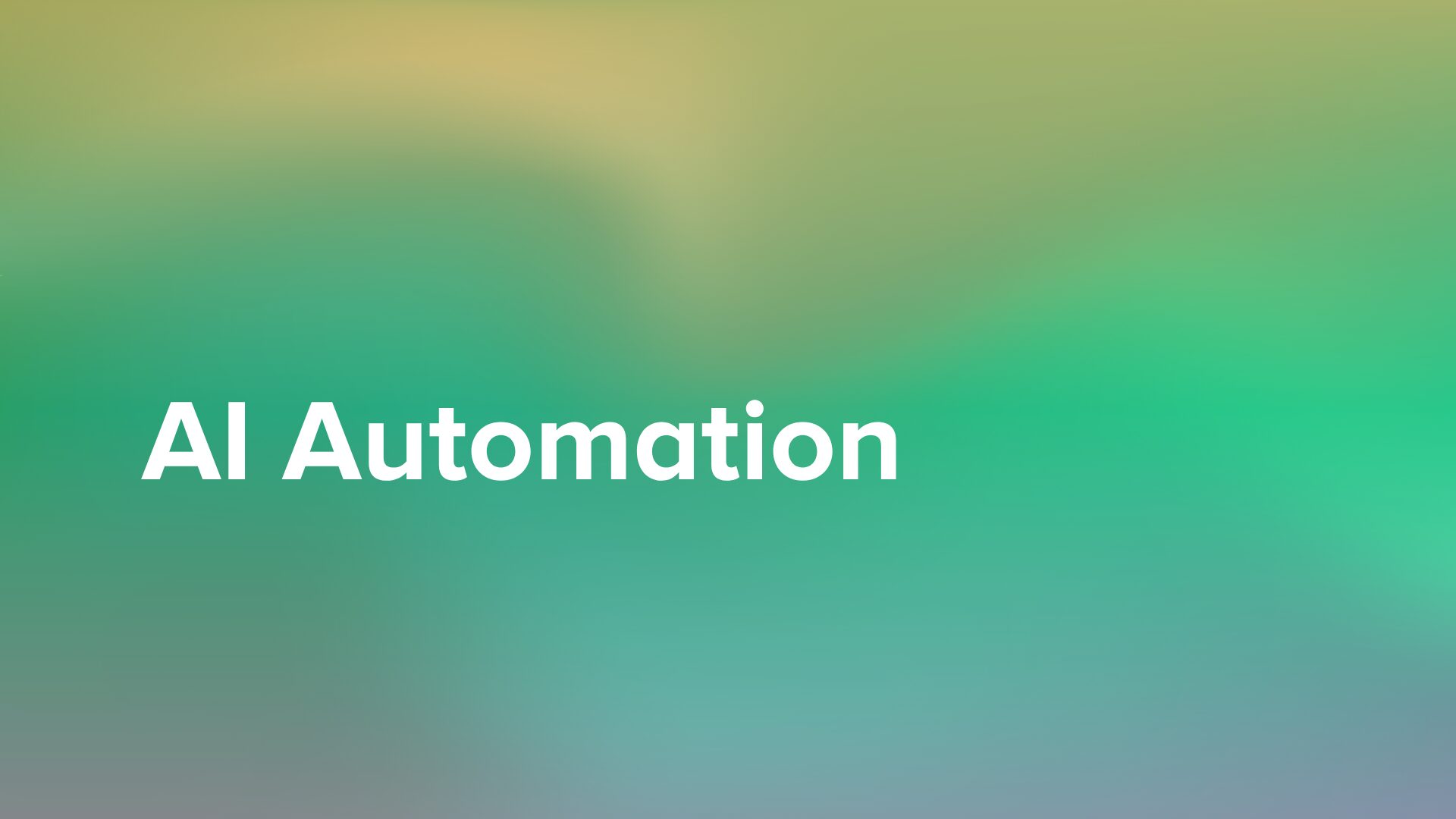
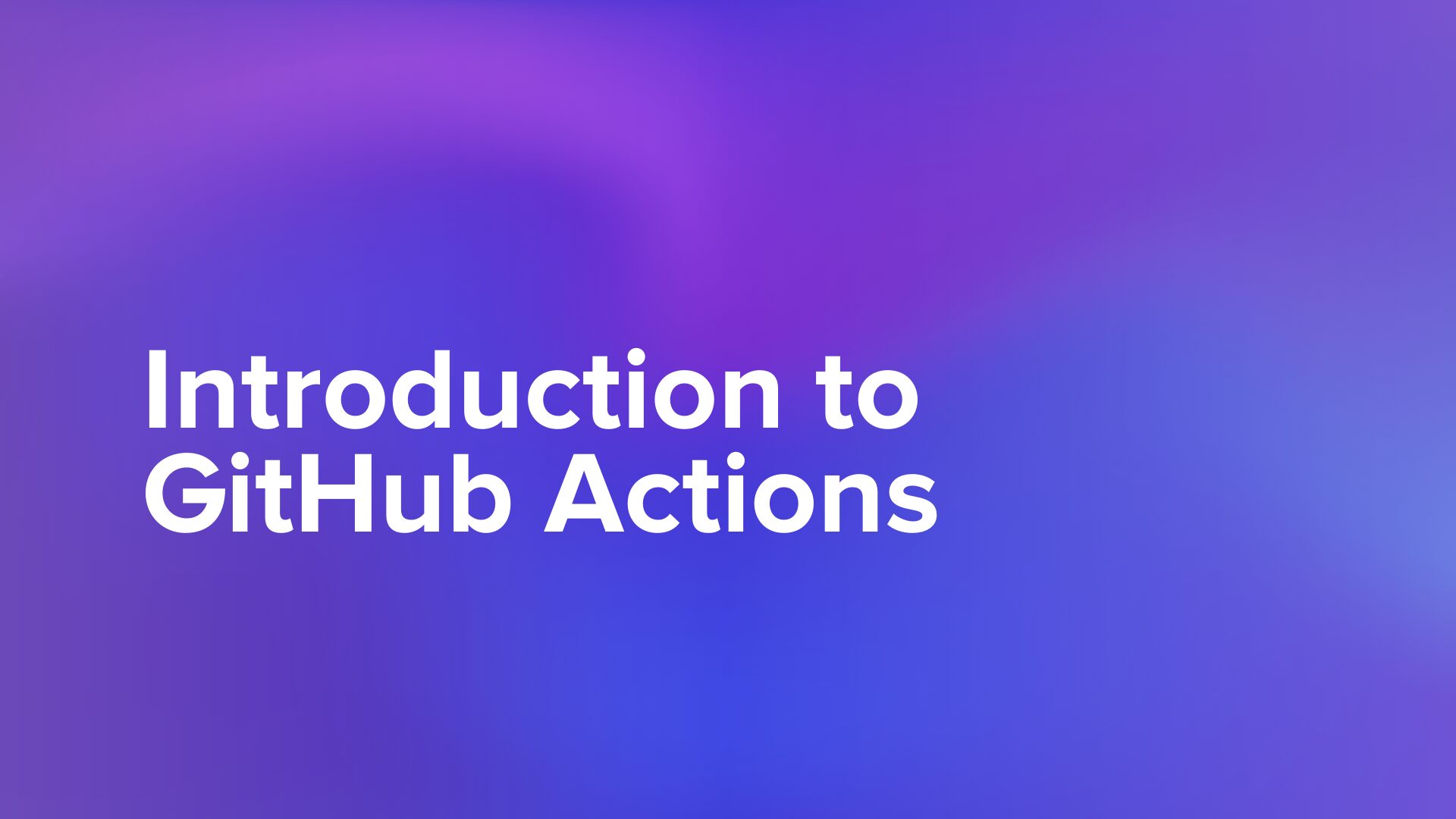

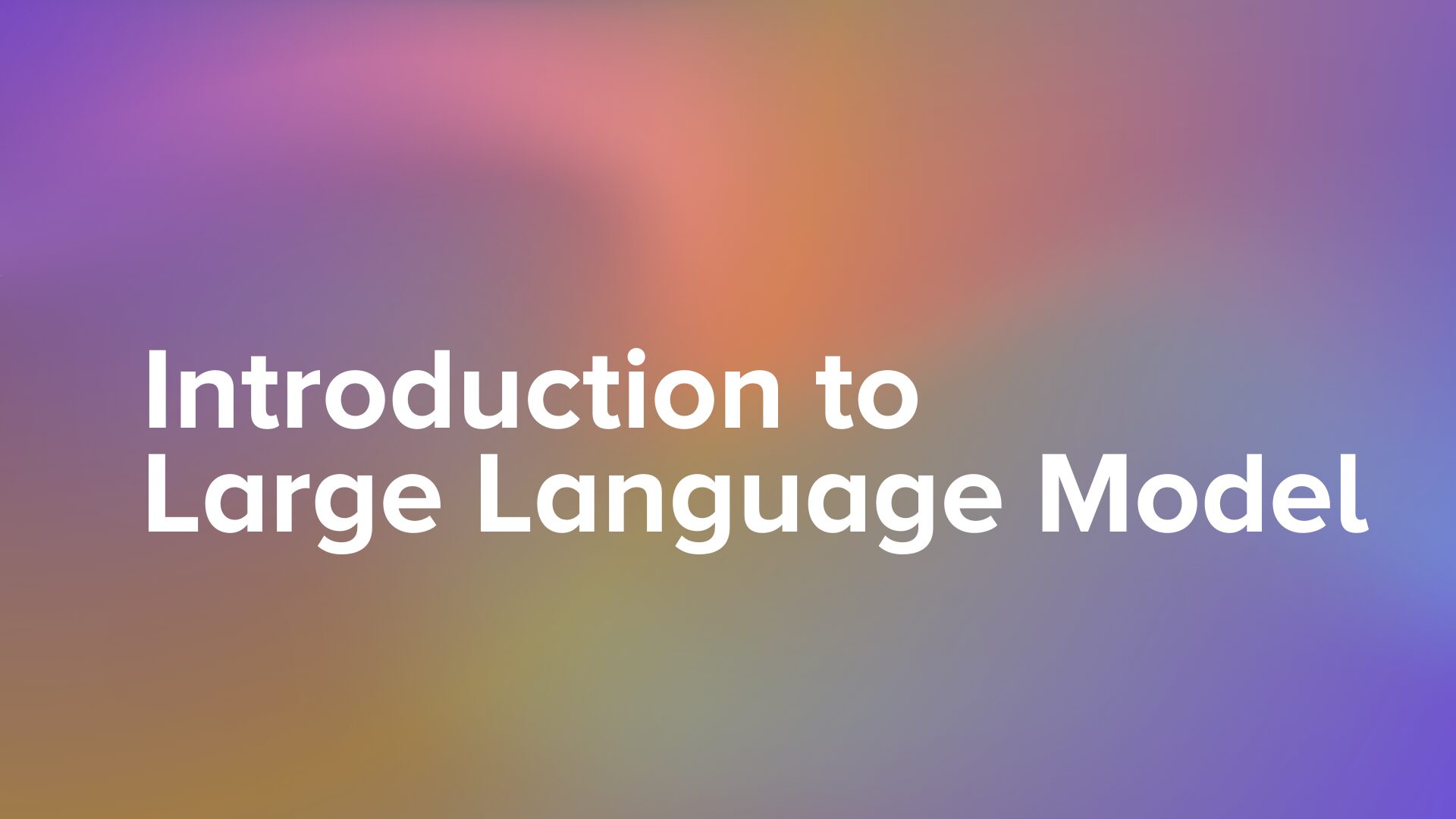

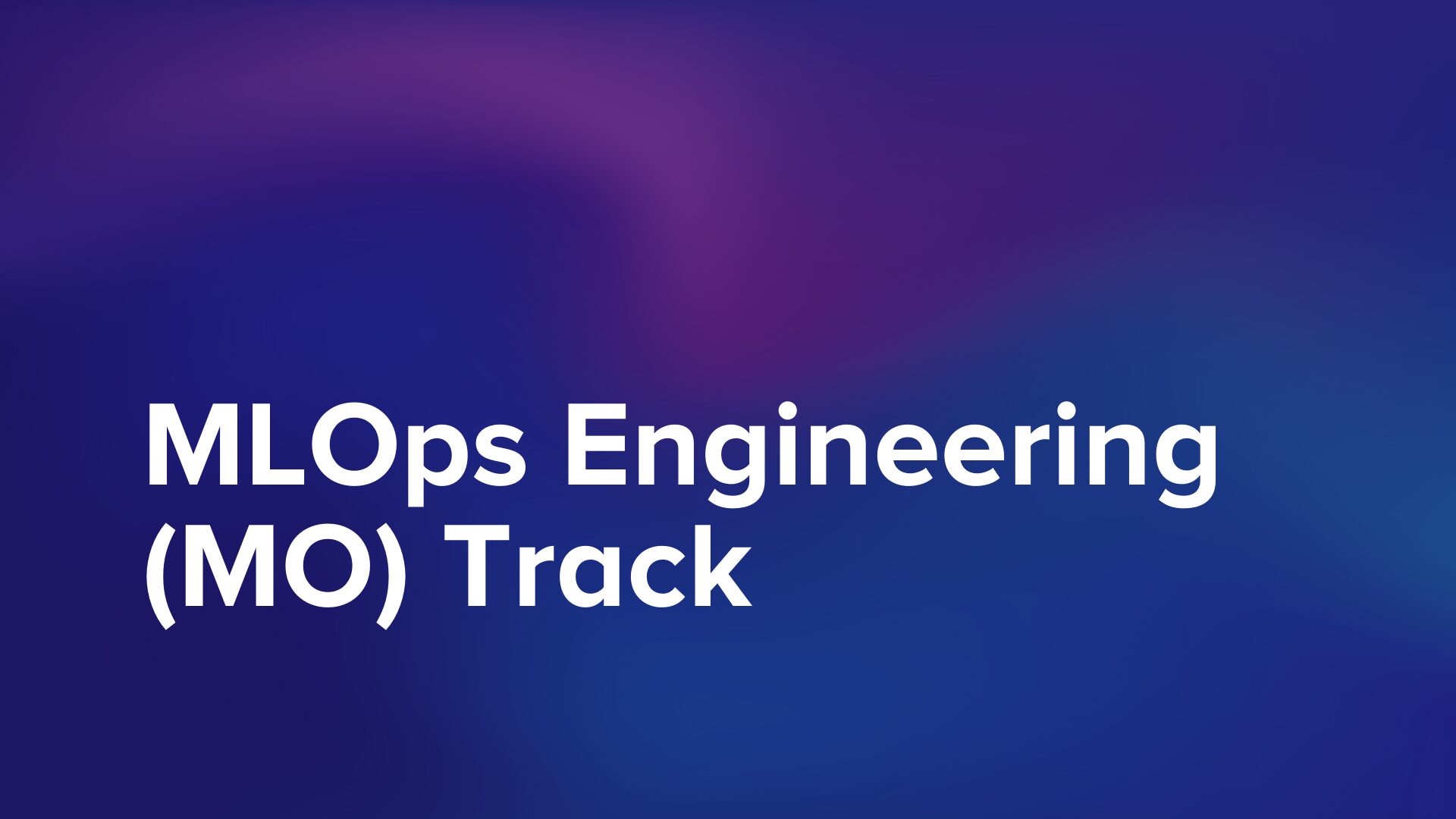
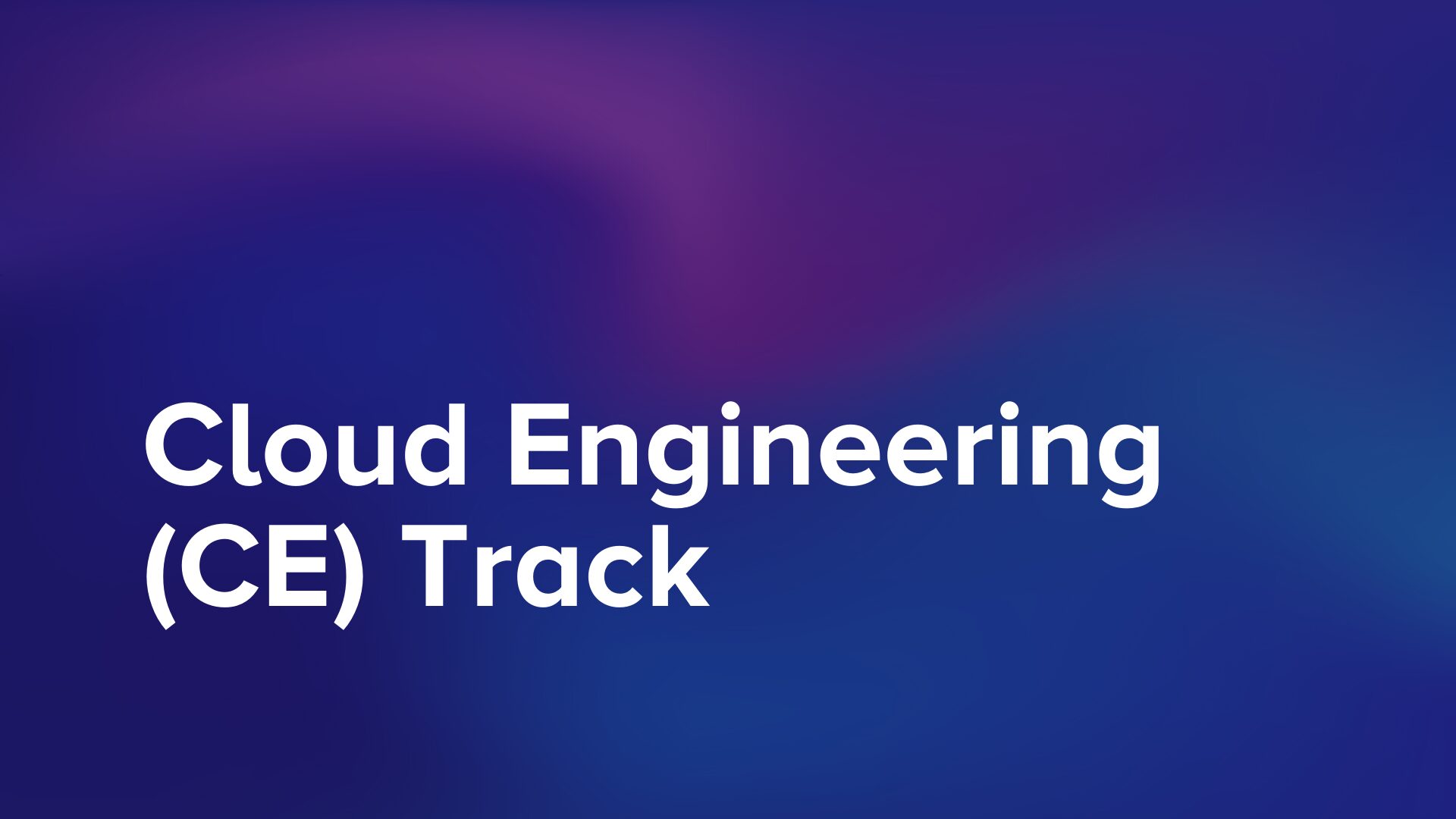
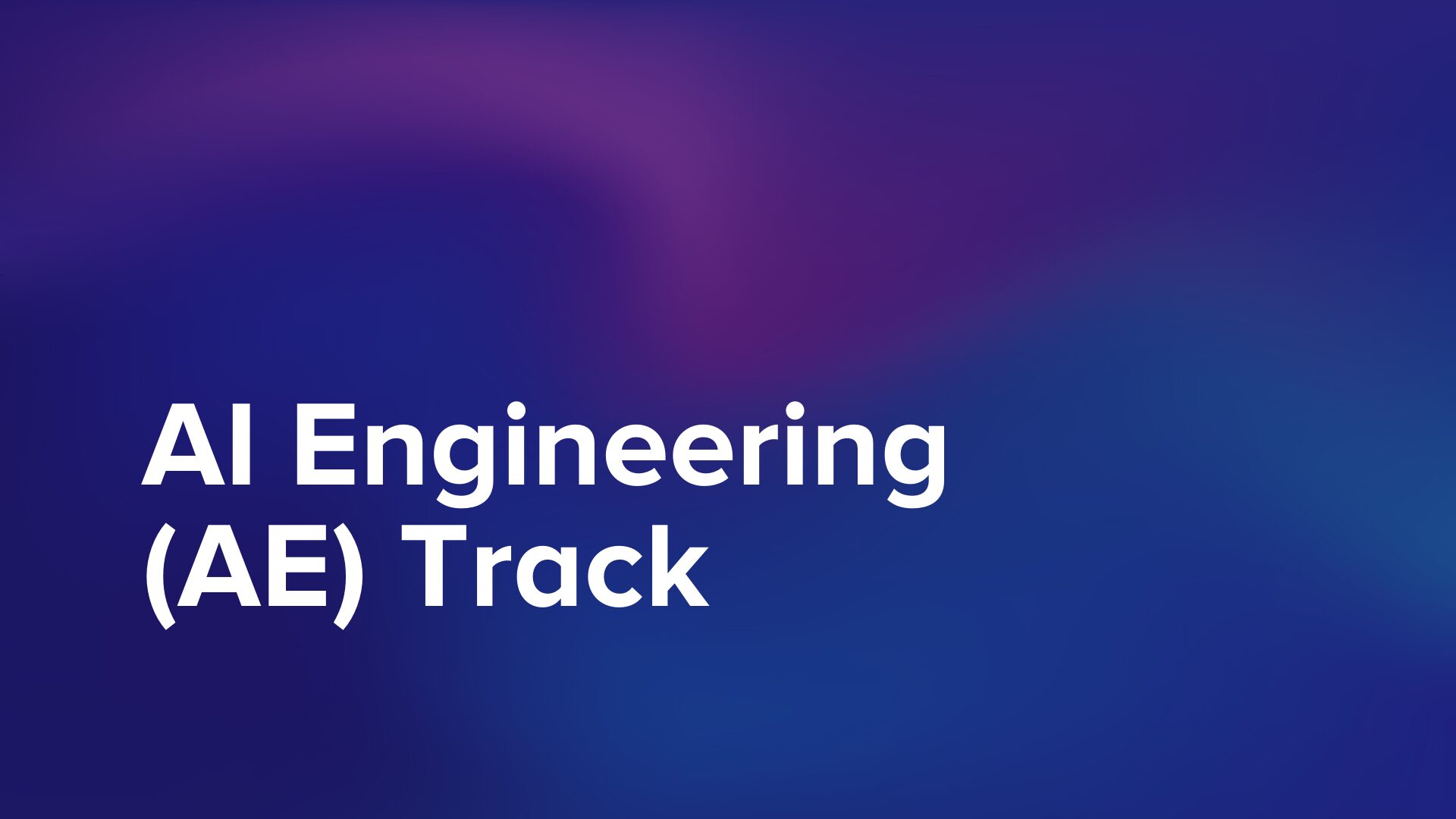
No. Track Courses are only accessible through the Professional or Unlimited+ subscription plans.
Yes, all courses are designed to be self-paced. Learn when it fits your schedule.
Each course includes prerequisites if needed. Many Standard Courses are beginner-friendly.
If you have other queries or specific concerns, don’t hesitate to let us know. Your feedback is important to us, and we aim to provide the best support possible.
Grow your skills, build projects you’ll be proud of, and unlock new opportunities — all at your pace.
WeCloudData is the leading data science and AI academy. Our blended learning courses have helped thousands of learners and many enterprises make successful leaps in their data journeys.
"*" indicates required fields
Canada:
180 Bloor St W #1003
Toronto, ON, Canada M5S 2V6
US:
16192 Coastal Hwy
Lewes, DE 19958, USA